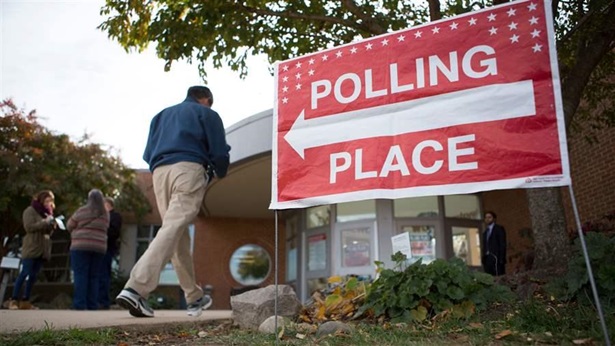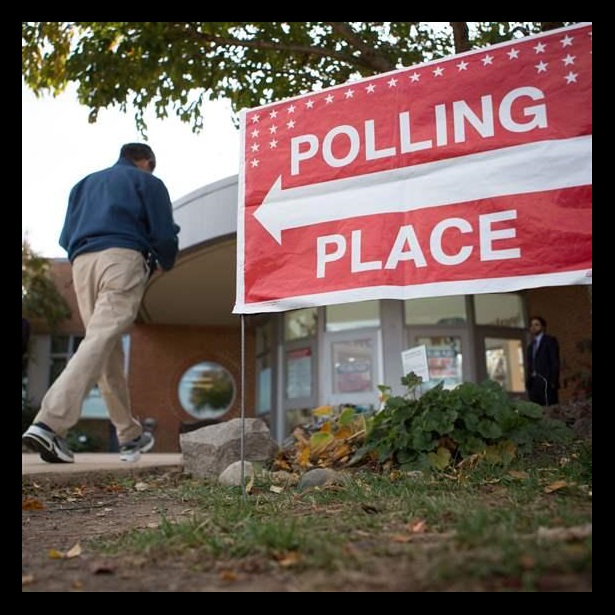Oregon Releases Data on New Motor Voter Program
The Oregon secretary of state’s office has released new data on automated voter registration activity and ballots returned—Oregon conducts elections entirely by mail—since automated registration began Jan. 1. These are the first cumulative reports available since the close of registration to vote in last month’s primary.
Under the Oregon Motor Voter law, all individuals who complete a licensing or ID card transaction with the Driver and Motor Vehicle Services Division (DMV) are automatically registered to vote unless they opt out by returning a postage-paid postcard that the DMV sends to their home addresses. The postcard gives voters who do wish to register the opportunity to join a political party.
The law also provides the opportunity for retroactive registration of eligible but unregistered individuals who were entered in the state’s DMV database during 2014 and 2015, the two years before the program’s implementation.
Key findings of the data reports include:
- The secretary of state’s office forwarded 68,583 new registrants to counties for processing, of which 43,571 were eligible to vote in the May 17 primary election. Among processed registrants, 11,548 individuals (15 percent) returned a postcard to indicate a party preference, and 57,035 (77 percent) did not return a postcard and were automatically registered without a party affiliation.
- 4,627 people (or 6 percent of eligible registrants) returned a postcard opting out.
- Of 2,287,551 eligible voters in the state, 1,228,458 individuals (54 percent) returned their ballots in time to be counted for the May 17 primary election.
- Of the 43,571 individuals registered under automated voter registration and eligible to vote in the primary, 8,135 (19 percent) returned a ballot.
To identify potential new registrants, the secretary of state’s office analyzed 275,663 DMV transactions of eligible individuals. Nearly a third of those individuals were identified as unregistered and were referred for automatic registration.
Samuel Derheimer is a manager and Keara Castaldo is a research associate for election initiatives at The Pew Charitable Trusts.
Follow us on Twitter using #electiondata and get the latest data dispatches, research, and news by subscribing today.













